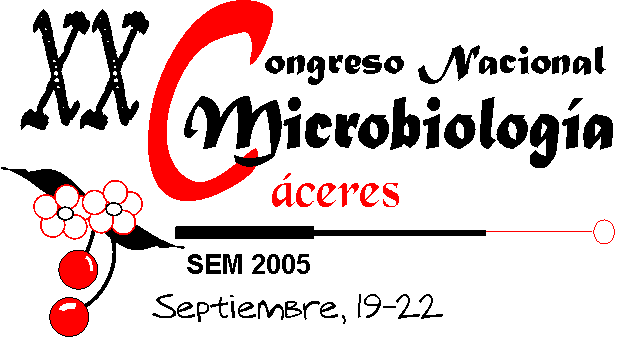

F - 56
(*) Departamento de Microbiología y Ecología, Universitat de València, C/ Dr. Moliner 50, 46100 Burjassot, Spain; e-mail:celia.murciano@uv.es. (**) Laboratorio de Citómica, Centro de Investigación "Principe Felipe"-Universitat de València, Valencia, Spain.
Candida albicans is the most frequent etiologic agent that causes opportunistic fungal infections so called candidiasis, whose incidence is increasing as a result of an expanding immunocompromised population. Resistance to candidiasis requires the coordinated action of innate and adaptive immune defenses. Toll-like receptors (TLRs) are a family of evolutionarily conserved transmembrane proteins that function as sensors of infection that induce the activation of innate immune responses by recognizing specific patterns of microbial components, and are also regulators of adaptive immune responses [1]. Although there is evidence indicating that TLR2 and TLR4 participate in murine defenses against C. albicans infections, conflicting results have been reported [2,3].
In this work we have studied the role of TLR4 in murine defenses against C. albicans in two TLR4-defective mouse strains: C3H/HeJ mice which have defective TLR4 signaling, and TLR4-/- knockout mice. Both TLR4-defective mice strains experimentally infected with virulent C. albicans cells showed no significant difference in survival as compared with their respective controls. Recruitment of neutrophils to the peritoneal cavity of i.p. infected mice was not affected in TLR4-/- animals, but significantly enhanced in C3H/HeJ mice, compared with their control mice. In vitro production of TNF-a by macrophages from both types of TLR4-defective mice, in response to yeasts and hyphae of C. albicans, was not diminished as compared with production by macrophages from wild-type mice. In vitro production of TNF-a by yeast-stimulated splenocytes from mice intravenously infected with the low-virulence C. albicans PCA2 strain was not affected in TLR4-defective mice, but the TNF-a production in response to hyphae was higher in TLR4-defective than in control animals; the production of IFN-g by these splenocytes was similar to controls, as well as the frequency of IFN-g-producing CD4+ T lymphocytes, indicating that TLR4-defective mice are capable of mounting a Th1 adaptive immune response. Our data indicate that TLR4 is dispensable for murine immune resistance to C. albicans.
[1] Takeda K, Kaisho T, Akira S. Annu Rev Immunol 2003; 21: 335.
[2] Netea MG, Van der Graaf CAA, Vonk AG et al. J Infect Dis 2002; 185: 1483.
[3] Gil ML, Fradelizi D, Gozalbo D. Trends Microbiol 2005; (in press).
Supported by Grants PI03/0647 (Ministerio de Sanidad y Consumo), and GV4B-075 and grupos 03-172 (Generalitat Valenciana), Spain.